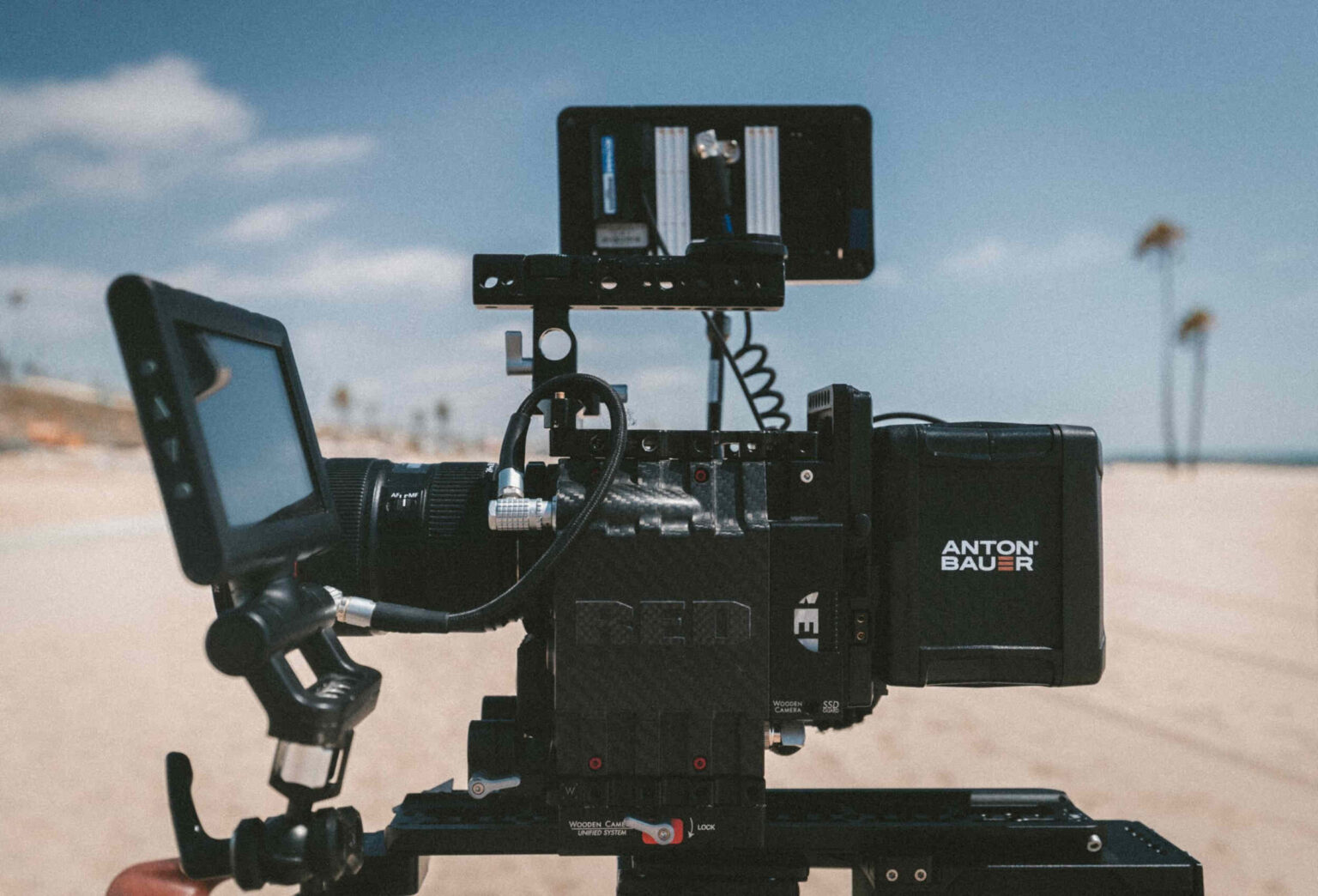
6 Ways Technology Is Helping The Film Industry Become Safer
The film industry is often looked at as a glamorous career choice. We see the actors, directors, and producers on the red carpet or in interviews with talk show hosts. They are all dressed up, looking like they have it made. If filmmakers need to transfer large video files fast, they can use a number of online services such as FileWhopper.
Behind the scenes, many hazards can threaten safety. There are fires, injuries, equipment malfunctions, and even natural disasters to contend with. The risks of these incidents make safety measures paramount for people working in this field.
However, due to budget constraints, those safety measures aren’t possible right away. But technology has come up with innovative ways to help make these productions safer than ever before!
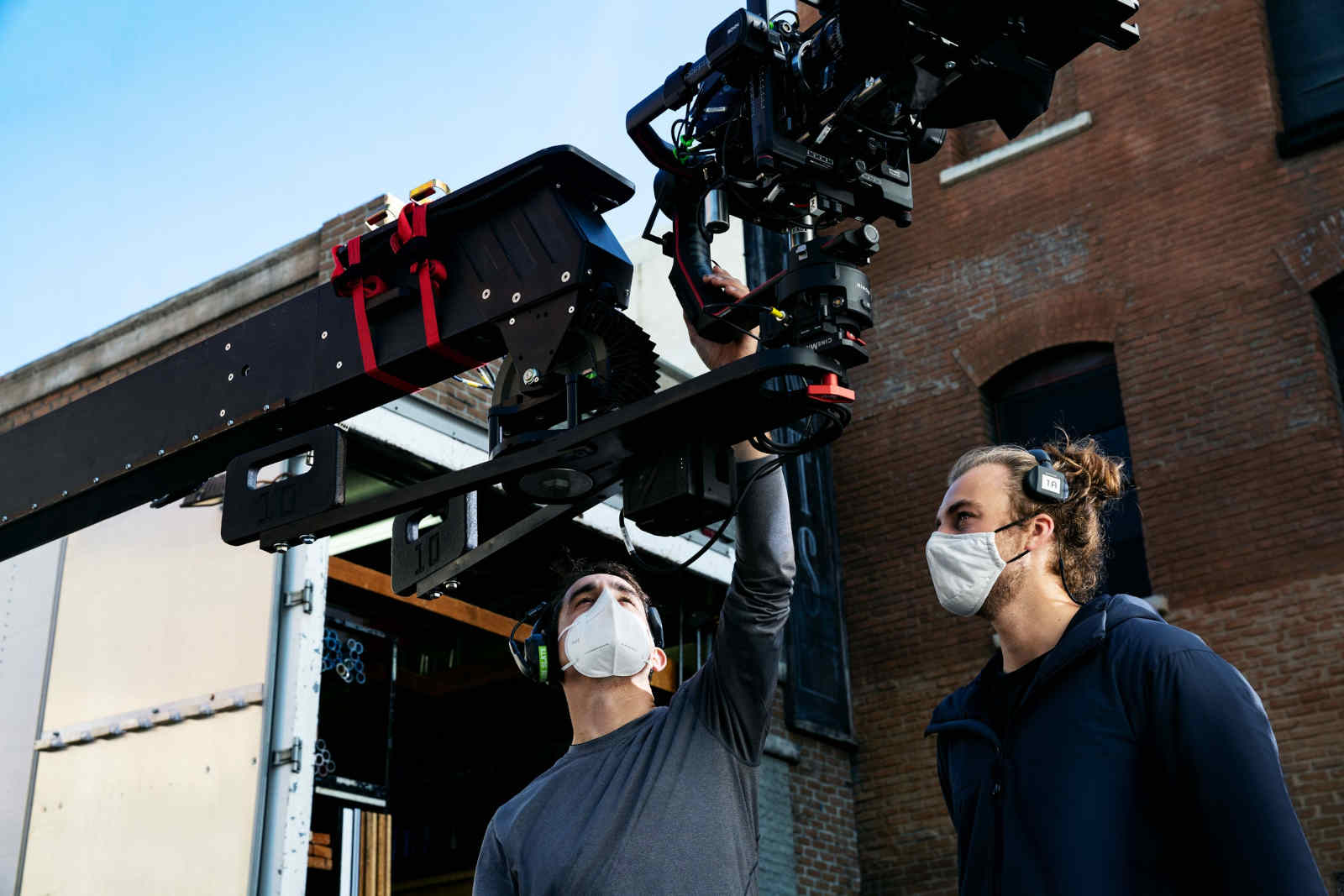
Over the past few years, technology has made incredible advances that have helped improve safety conditions in many industries. The film industry is one such sector that has seen tremendous benefits from technological advancements.
In particular, new safety technologies have been developed specifically for the film industry to help protect crewmembers and performers from potential hazards. These technologies include motion capture systems, virtual reality headsets, and drones. Here are just a few ways technology is helping to make the film industry safer:

Segregation of Duties
One of the biggest dangers on a film set is the potential for someone to be injured or killed by accident. With so many people working in close quarters, it can be easy for something to go wrong.
To help prevent accidents, many safety protocols have been put into place. One such measure is the segregation of duties. This means that no one person is responsible for more than one step in the production process.
So, for example, the person who sets up the lights isn’t the person who adjusts them during the shoot. Separating these tasks reduces the chances that someone will make a mistake that could lead to an accident.
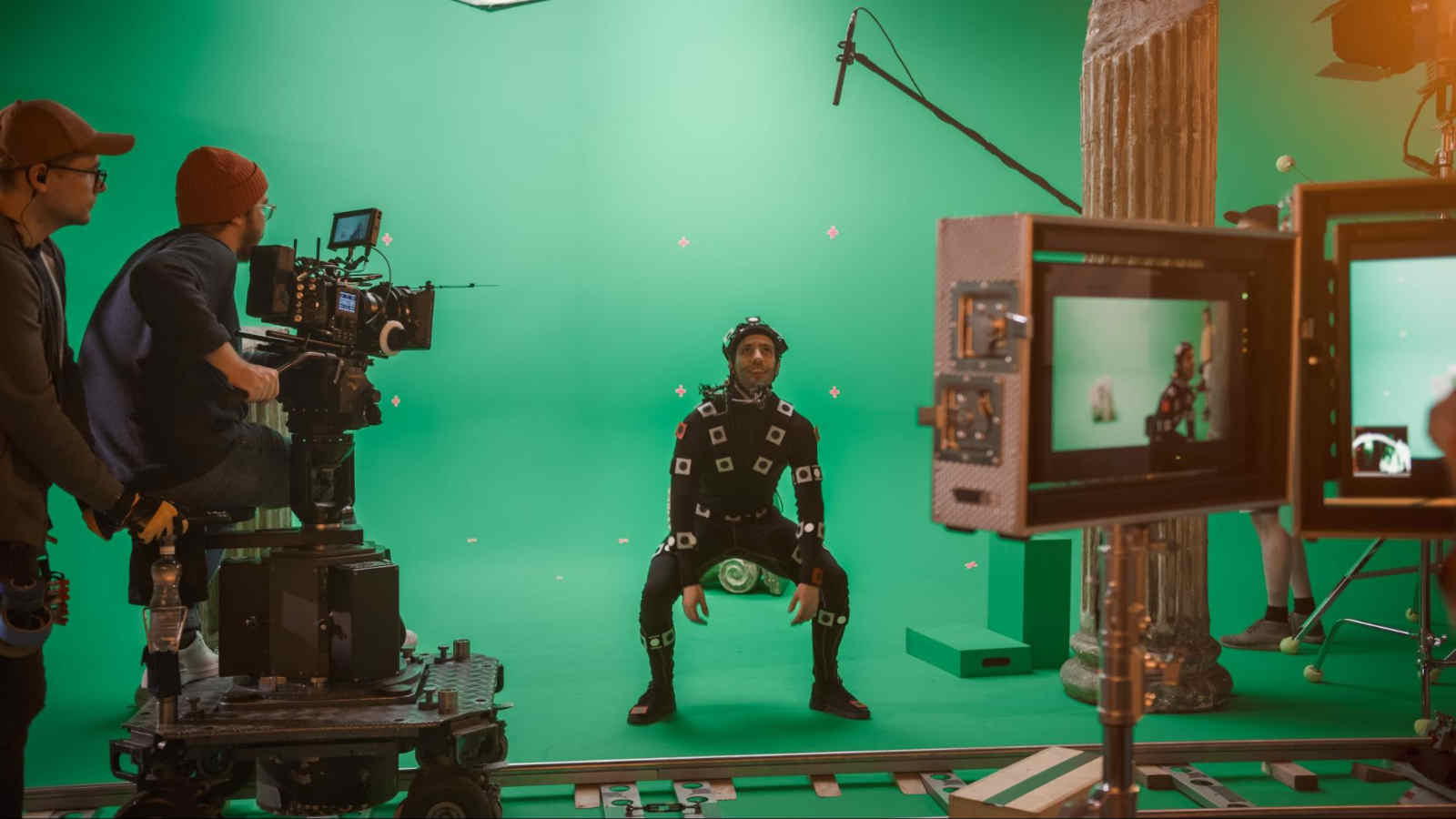
Motion Capture Systems
Motion capture systems are used to track an actor’s movement and create a digital double that filmmakers can use in place of the actor in post-production. Motion capture can use this technology to create safer stunts and special effects.
For example, if an actor is supposed to jump off a building, filmmakers can use the motion capture system to create a digital double that performs the stunt instead. This can help to avoid dangerous situations and minimize the risk of injury.

Virtual Reality
Virtual reality headsets can also create safer stunts and special effects. They allow filmmakers to view a scene in virtual reality and adjust accordingly. This can help to avoid dangerous situations and minimize the risk of injury.
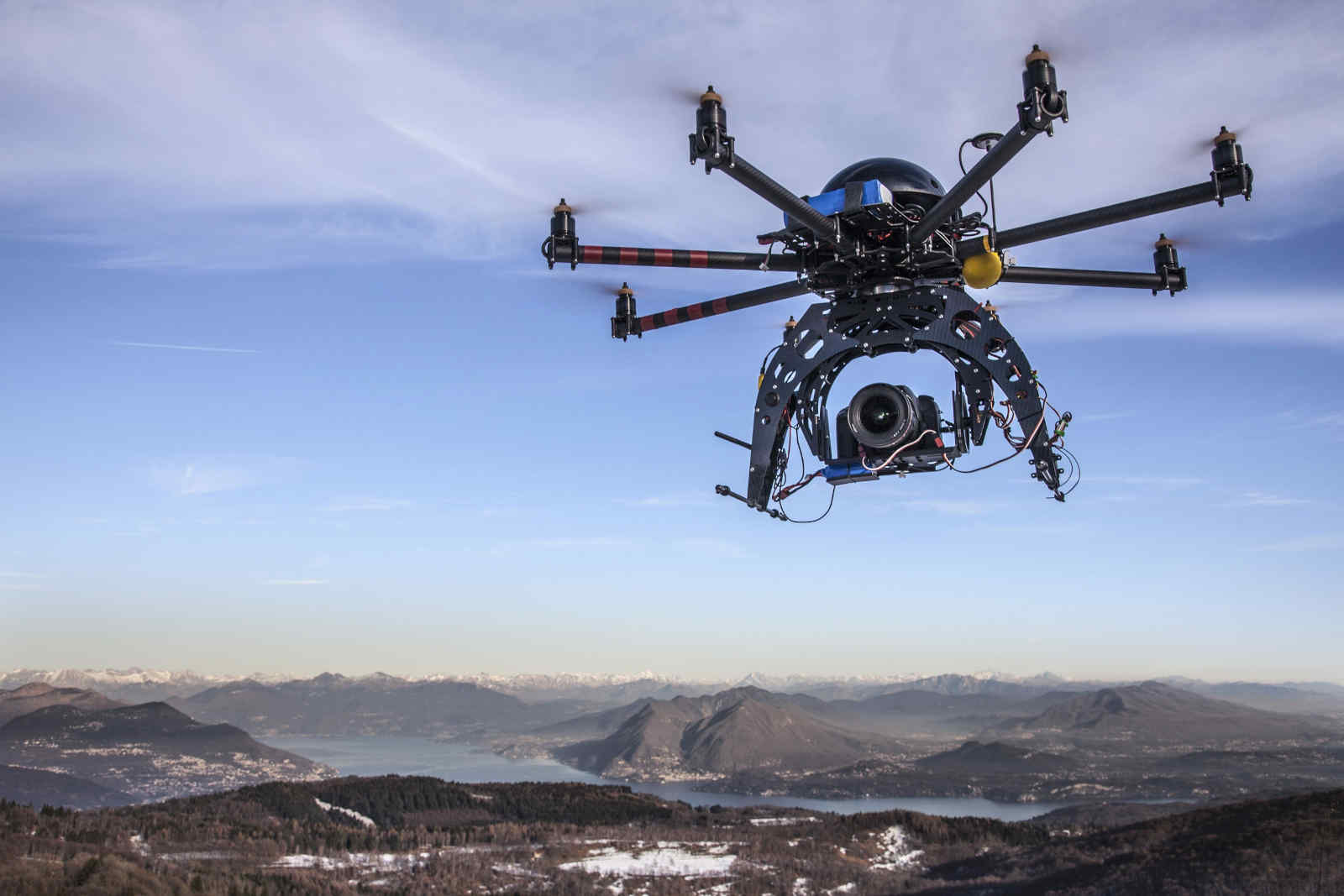
Drones
Drones are also being used to improve safety in the film industry. They can monitor crew activity and ensure that they are staying safe on set. Filmmakers can also use drones to document accidents or incidents so that everyone can review them later. This can help to improve safety procedures and prevent future accidents from happening.
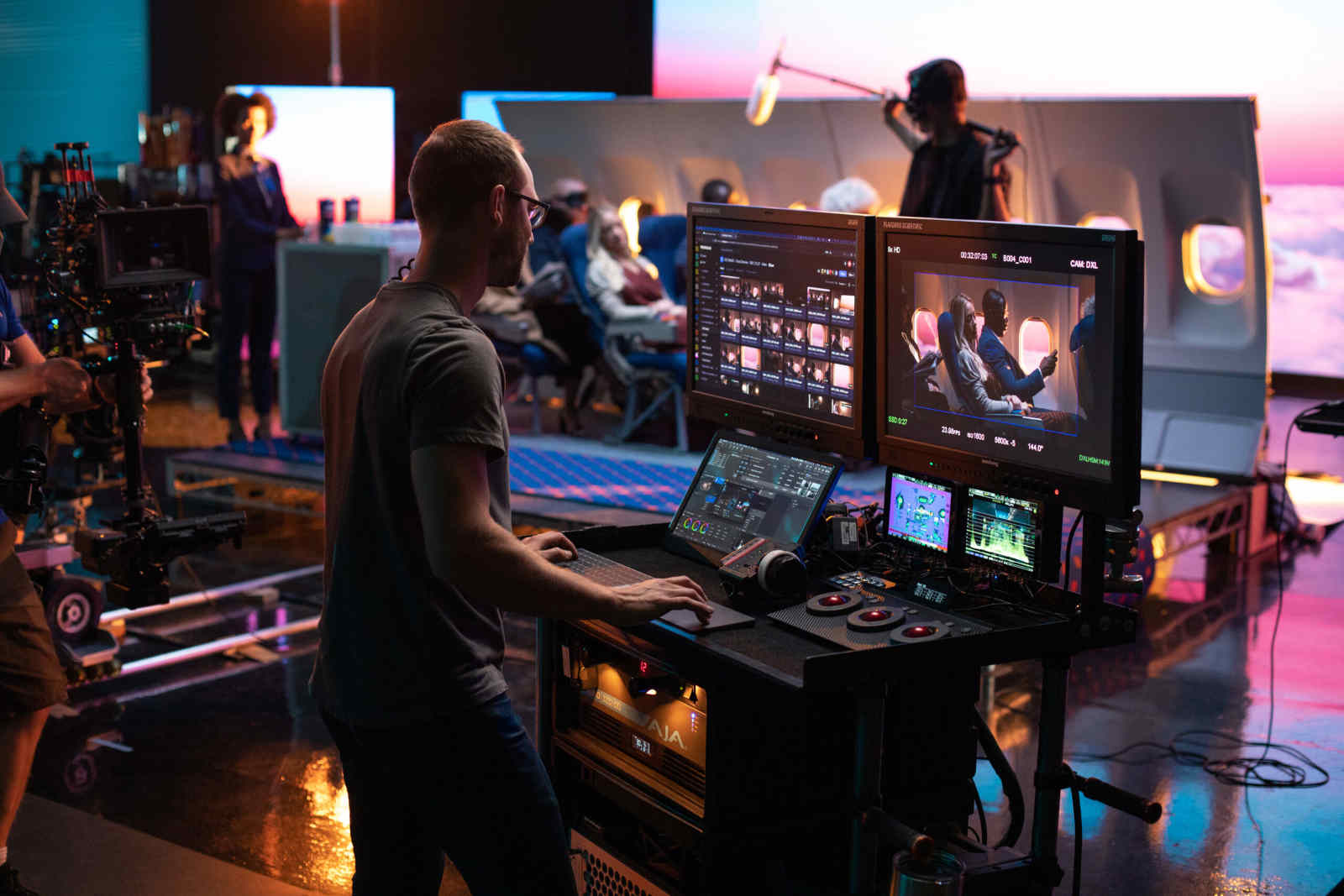
Cloud Busting
Camera to Cloud services is a big game-changer for the film industry. Traditionally, digital or film footage would be kept on set while the filmmakers worked. This meant that if there was some sort of accident or natural disaster, film companies ran the risk of losing all of their work.
Now cameras are connected directly to the cloud so that digital footage is stored offsite for everyone’s protection. This also allows producers and VFX supervisors to give immediate feedback so that any changes that need to be made can be done in near real-time.

Streaming Services for Audiences
Streaming services have also improved film safety by allowing moviemakers to release more footage than they would be able to if they only had a theatrical release. While this has caused some controversy among the Hollywood elite, it has made modern film production safer overall by limiting how much footage needs to be filmed in one day.
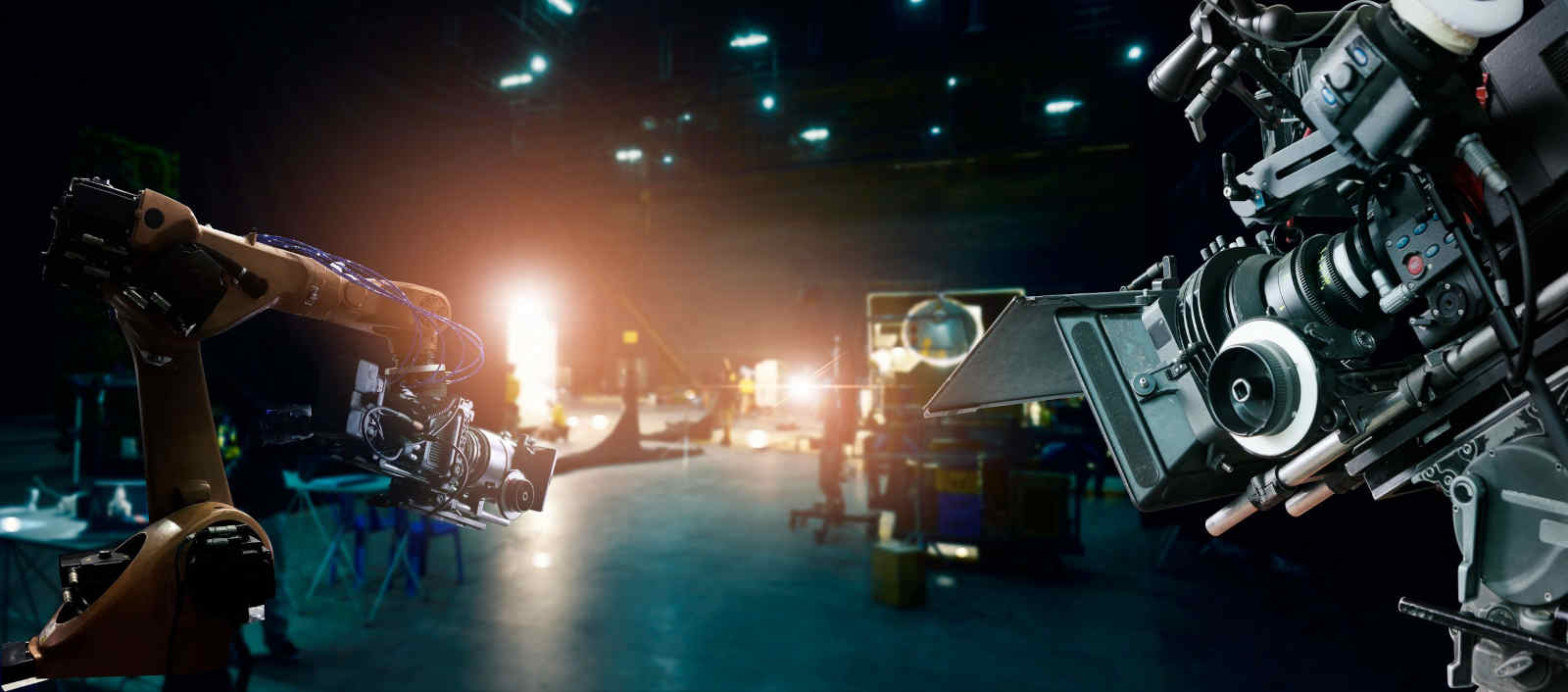
Final Thoughts
Technology has come a long way in helping to make the film industry safer. From motion capture systems to virtual reality headsets to drones, filmmakers can use several technologies to help avoid dangerous situations and protect crewmembers and performers.
These technologies are constantly evolving, so filmmakers need to stay up-to-date on the latest advancements. By doing so, they can ensure that their productions are as safe as possible.







